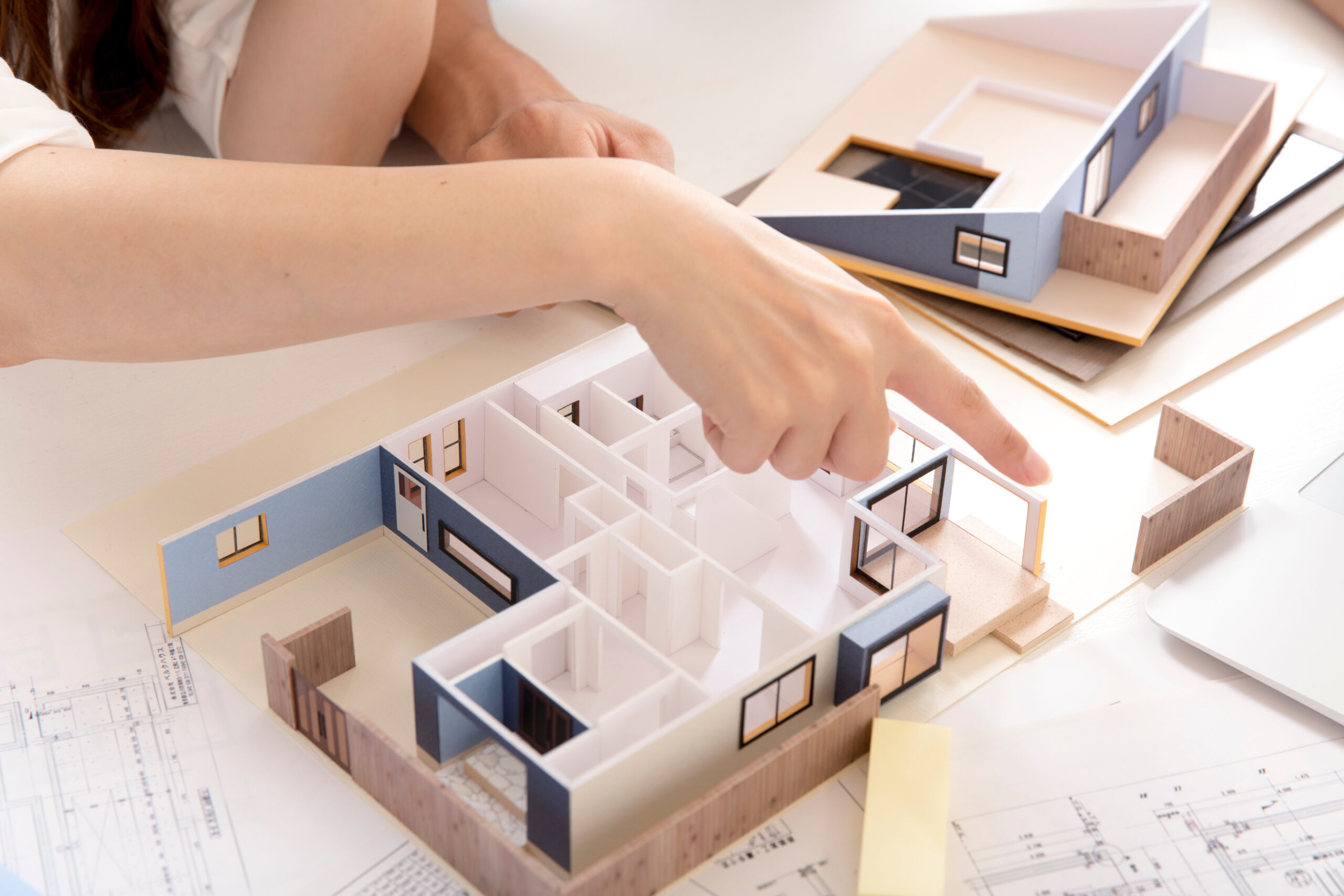By Lunar Loussia
When people think about custom home building, they often focus on the obvious elements: floorplans, square footage, number of bedrooms, or kitchen layouts. While these things are important, homeowners today are looking for more than just a house—they want a home that fits their lifestyle, reflects their personality, and provides a sense of comfort and security for years to come.
Over the years, as I’ve worked on custom home projects alongside my business ventures, I’ve learned that the most successful builds are the ones that understand and anticipate the deeper desires of homeowners. It’s not just about bricks and mortar—it’s about building spaces that truly feel like home.
Function Meets Lifestyle
One of the biggest shifts I’ve noticed in custom builds today is the emphasis on lifestyle. Families are no longer satisfied with cookie-cutter layouts. They want spaces that reflect how they live, work, and play. Open floorplans for families who entertain regularly, home offices for those who work remotely, and multifunctional rooms that can adapt as children grow—all of these features are increasingly in demand.
Listening to clients and understanding their daily routines is critical. When homeowners feel that their home is designed around their needs, it immediately adds value—both practical and emotional. A well-planned layout isn’t just about convenience; it’s about enhancing quality of life.
Personalization Is Key
Homeowners today also crave personalization. They want a home that reflects their tastes and tells their story. That might mean custom cabinetry, unique finishes, or a layout that caters to a specific hobby or interest. Some clients prioritize wellness features like gyms, meditation rooms, or spa-inspired bathrooms. Others focus on sustainability, requesting energy-efficient systems, solar panels, and smart-home technology.
As builders, it’s our job to balance creativity with feasibility. Personalization requires collaboration and vision. You must help clients articulate their dreams while ensuring the design is practical, durable, and within budget. When done right, a custom home becomes a reflection of the people living in it—a space that is truly one-of-a-kind.
Technology and Connectivity
Another big trend in modern custom homes is technology. Homeowners want connectivity, convenience, and control at their fingertips. Smart lighting, climate control, security systems, and integrated entertainment solutions are no longer luxuries—they’re expected.
Integrating technology into a home requires foresight and planning. Wiring, networking, and system placement must be considered early in the design process to avoid costly changes later. When executed properly, technology enhances the living experience without taking away from the home’s aesthetic or character.
Balancing Design and Durability
While personalization and technology are exciting, homeowners also want longevity. They want a home that not only looks good today but will stand the test of time. This means investing in quality materials, thoughtful construction, and structural integrity. It also means considering future adaptability—how a space can evolve with a family’s changing needs.
Durability doesn’t have to come at the expense of design. The best custom homes combine beauty and function, ensuring that every decision—from flooring choices to roof materials—is both aesthetically pleasing and built to last.
Emotional Connection
Perhaps the most important element homeowners want today is an emotional connection to their home. People want to feel comfortable, safe, and proud of their space. Every detail—from natural lighting to room flow to outdoor spaces—contributes to how a home feels, not just how it looks.
Creating that emotional connection requires builders to go beyond technical expertise. It’s about listening, observing, and anticipating needs that clients may not even realize they have. The goal is to design spaces where families can create memories, celebrate milestones, and feel at peace.
The Role of Collaboration
Custom home building is a team effort. Designers, architects, engineers, contractors, and homeowners must work together to achieve a shared vision. I’ve found that the most successful projects happen when communication is clear, expectations are managed, and everyone is aligned on both the creative vision and the practical realities.
Collaboration also allows for problem-solving and innovation. Whether it’s integrating a new technology system or finding a sustainable building solution, the team’s collective expertise ensures the home meets the client’s desires while remaining functional, efficient, and on schedule.
Final Thoughts
Today’s homeowners want more than a house—they want a home that reflects who they are, supports their lifestyle, and stands the test of time. They want functionality, personalization, technology, durability, and an emotional connection. Custom home building is about bringing all these elements together in a cohesive, strategic way.
As a builder and entrepreneur, I’ve learned that the best homes come from listening closely, planning carefully, and collaborating fully. Beyond the blueprints and floorplans, it’s about understanding what homeowners truly want and delivering a space where they can live, grow, and thrive. When you combine creativity, strategy, and purpose, you don’t just build houses—you create homes that inspire and endure.
